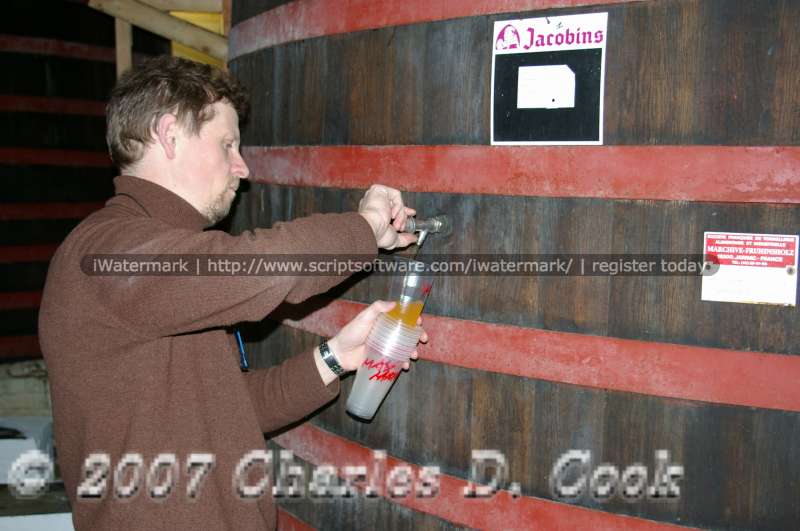I like the taste of sour beer, so my wife and I would like to try to brew one. We read up in the Papazian about it, and he mentioned a process where you put malt extract and malted barley in a bucket at 130 degrees, put a sheet of tinfoil on the surface of the liquid, and let it sit for 15-24 hours before going on to the main boil. This will supposedly sour the wort without racking for a year. I was wondering if anyone had ever tried this method, and if so, if anyone had a good partial mash recipe to use with this process. Also if anyone has any advice, tips, tricks, etc, it would be greatly appreciated. I guess i just am too impatient to let my beer sit for a year, so I would rather take a short cut if possible.
Primary: Raspberry Honey Wit
Secondary: Irish Red Ale
Bottled: Pale Ale, Belgian Strong Ale, Wit
Primary: Raspberry Honey Wit
Secondary: Irish Red Ale
Bottled: Pale Ale, Belgian Strong Ale, Wit




